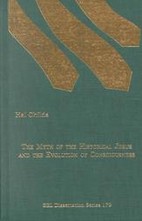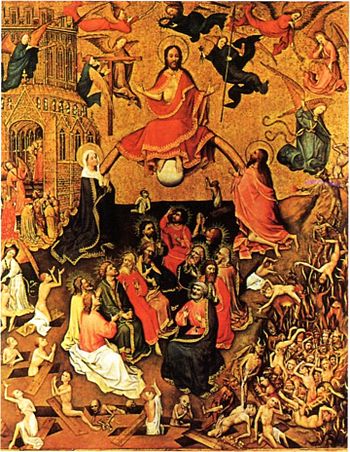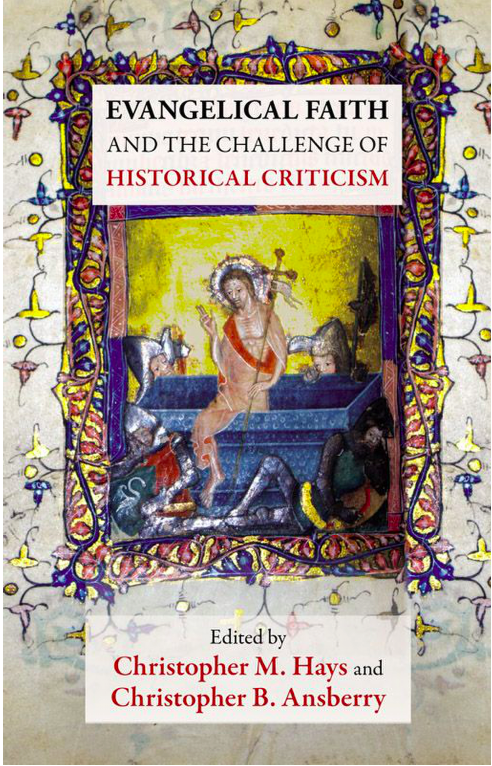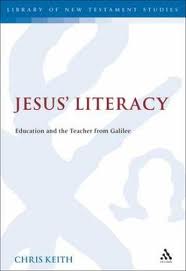Happily for at least a couple of scholars* Matthew Baldwin has posted on his blog eschata an argument that Richard Carrier’s case against the historicity of Jesus is flawed at its very foundations. His post is A Short Note on Carrier’s “Minimal Historicism”. I would be happily surprised, however, if I ever see a scholar critically engaging with the logic and facts of Matthew Baldwin’s argument. (I’m sure at least those who peer-reviewed Carrier’s work before it was published would take exception to claims that they approved what Baldwin describes as a “pseudo-logical, pseudo-mathematical . . . form of question-begging”, “tedious, overly self-referential” treatise condemning every prior Jesus historian as a “dupe, a stooge or tool (fool?)”.)
Matthew Baldwin does struggle with Carrier’s argument and his post demonstrates just how hard it is for anyone of us so entrenched in assumptions of the historicity of Jesus to grasp fundamental ideas and questions that potentially undermine the beliefs of millennia.
As I understand Baldwin’s criticism (and I am certainly open to correction) he finds two key difficulties with Carrier’s case:
1. Carrier reasons that at the very minimum a historical Jesus must be understood as a historical person with followers who continued a movement after his death; whose followers claimed had been executed by Jewish or Roman authorities and whose followers soon began to worship him in some sense as a divinity.
2. Carrier does not simply address the arguments for and against the historicity of this person but sets up in opposition an argument that Jesus’ origin was entirely mythical.
What Baldwin believes Carrier should have addressed is Jesus who is not quite so “minimalist”. Baldwin appears to fear that what Carrier has done is to reject the most fundamental historical elements of Jesus before he even starts and is therefore stacking the case against historicity in his favour.
I think Baldwin fears that Carrier is removing most of the defences supporting the historicity of Jesus before he starts, thus making his task too easy for himself. Baldwin wants to see the historical Jesus that needs to be overturned as having not only three attributes but be much more recognizably the same Jesus most scholars accept. Continue reading “Problems Accepting Carrier’s Argument”







